Community Engagement: Practical Solutions for Future-Proofing











APA Florida’s Planning for All Committee

University of Florida
•Transportation Institute
University of South Florida
•Center for Urban Transportation Research
Agencies
•Sarasota/Manatee Metropolitan Planning Organization

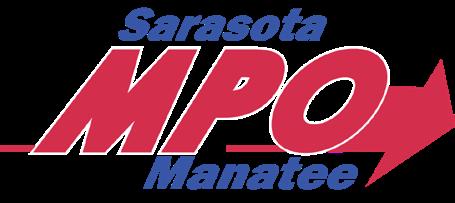


∗ Understanding the Transportation Planning Landscape
∗ Innovation in Engagement Across Generations
∗ Effective Community Engagement Methods
∗ Empowering Through Citizen Academies
∗ Q&A


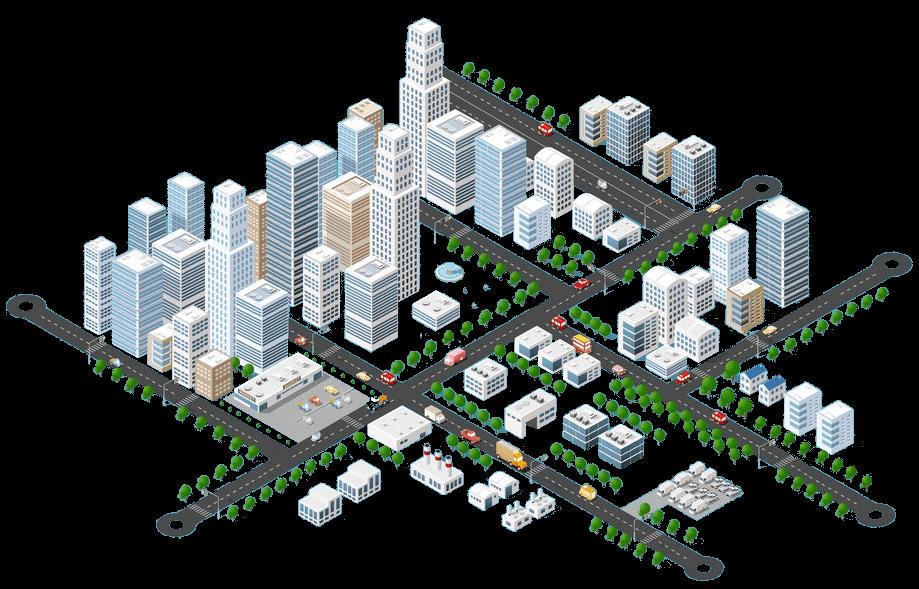

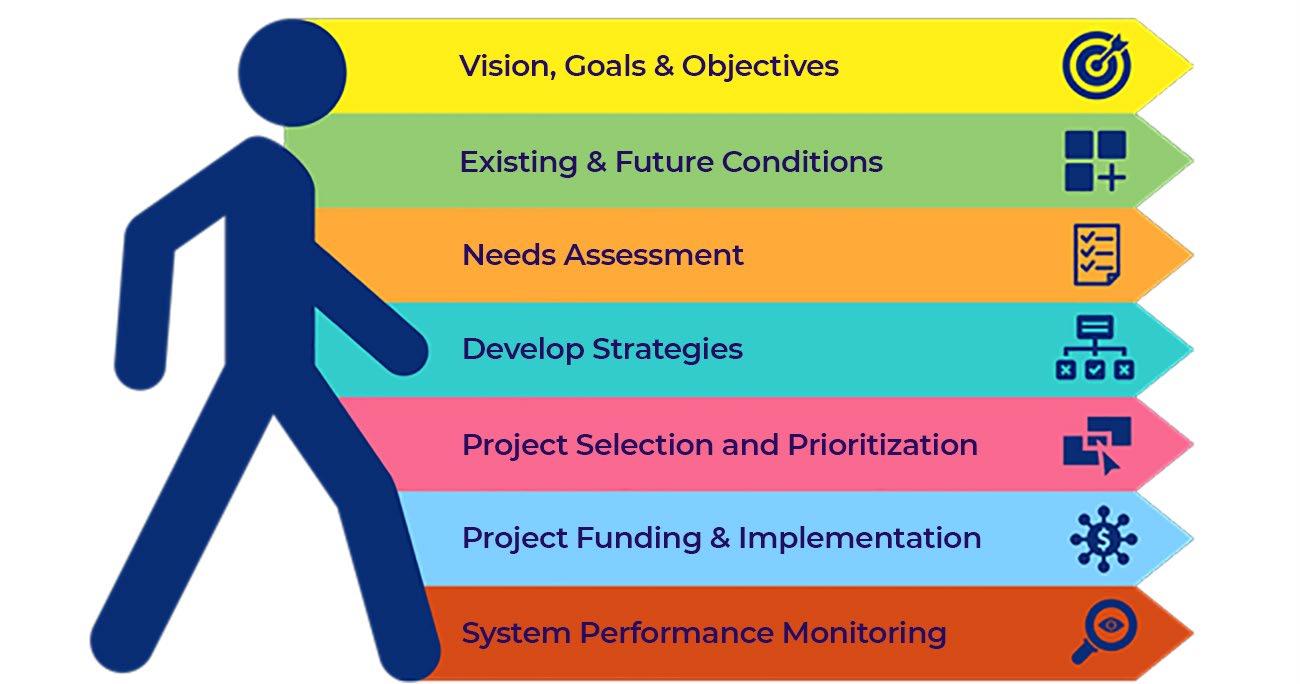




∗ Active Transportation
∗ Aging in Place
∗ Microtransit
∗ Connected Autonomous Vehicle Systems
∗ TNC Networks


Mehri Mohebbi, Ph.D.
Transportation Equity Program Director,
UFTI








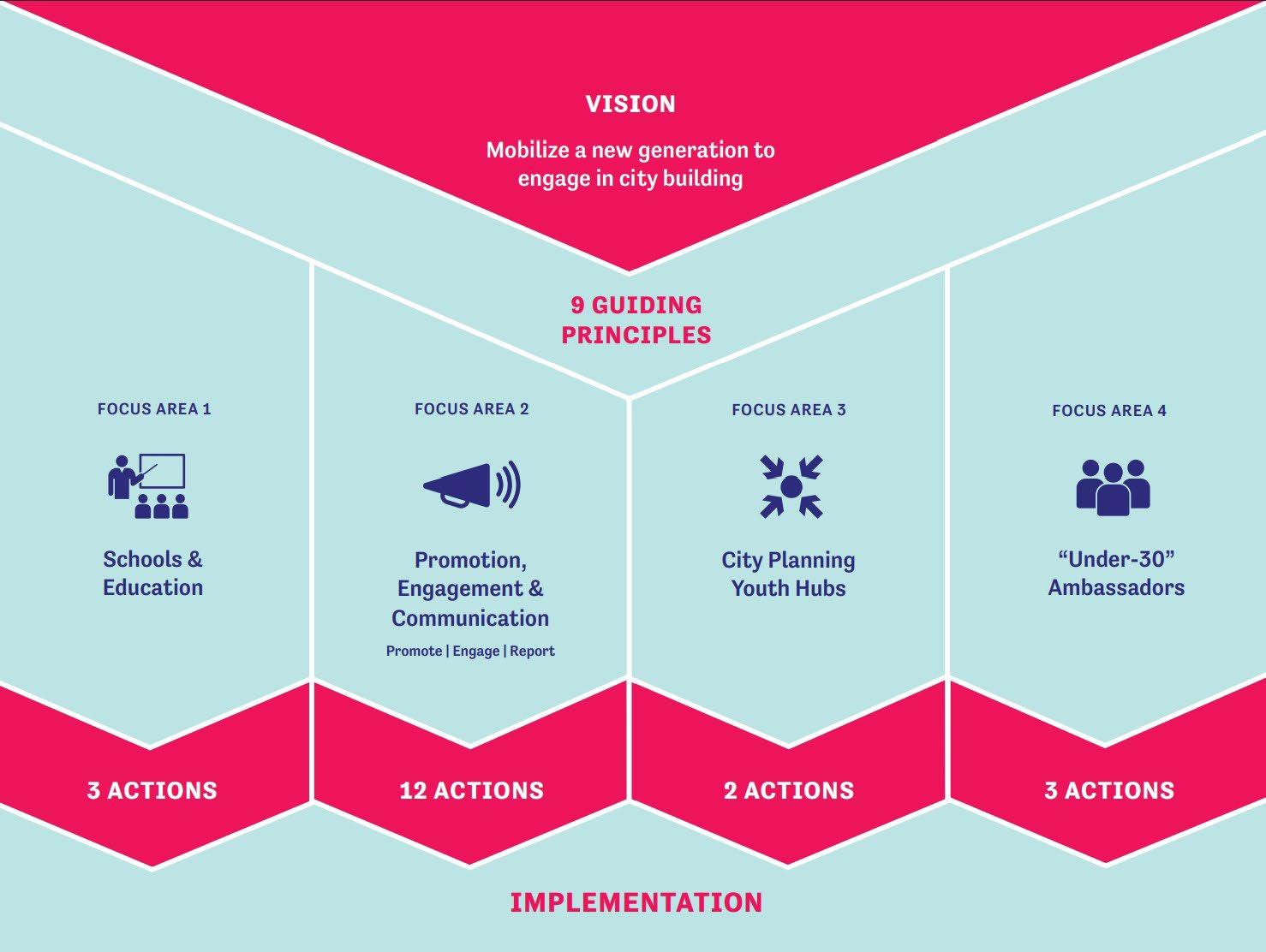



Source: City planning and design with and for young teenagers: Building a ‘teenage space network’ in Antwerp (2023)


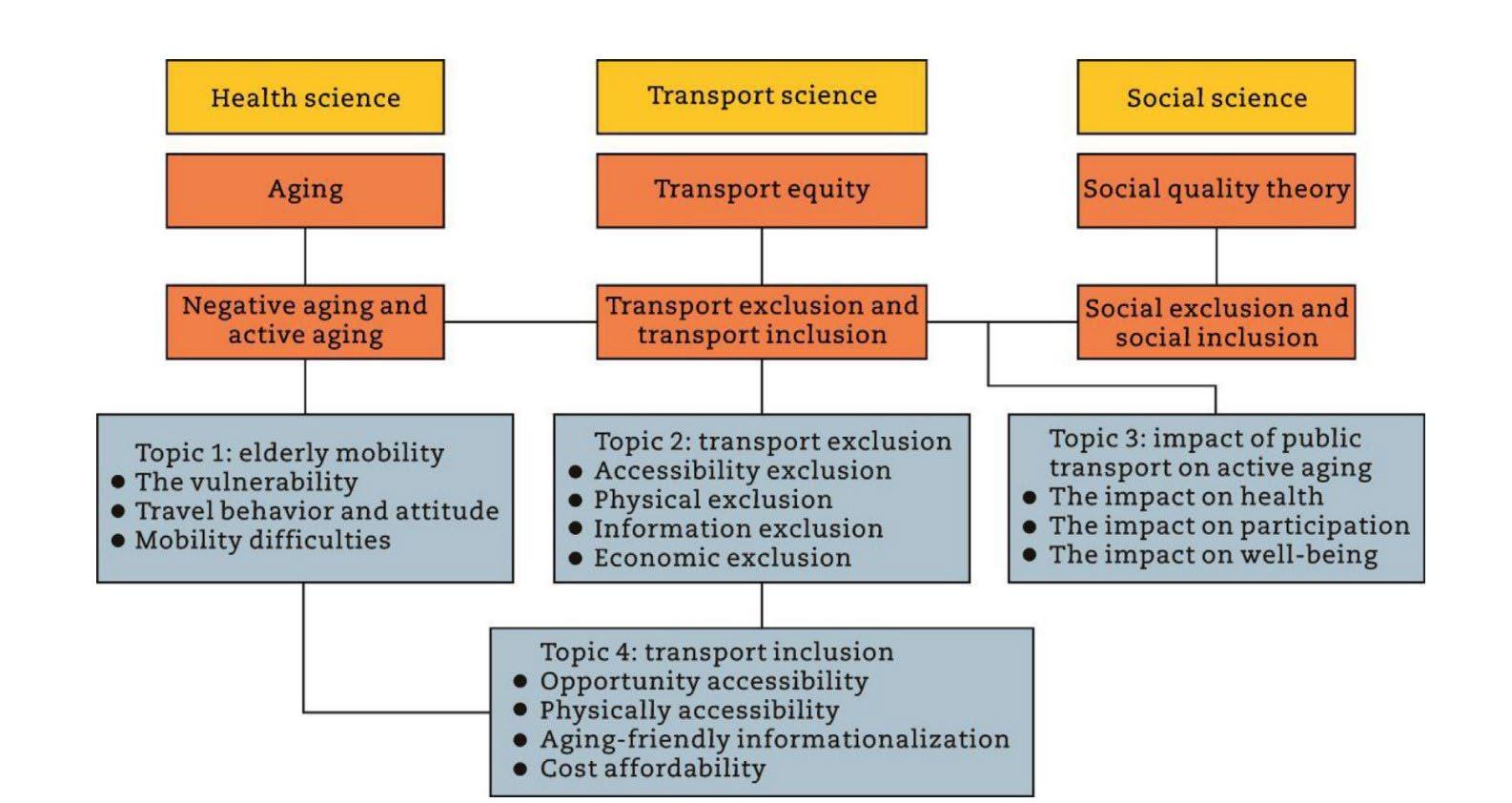


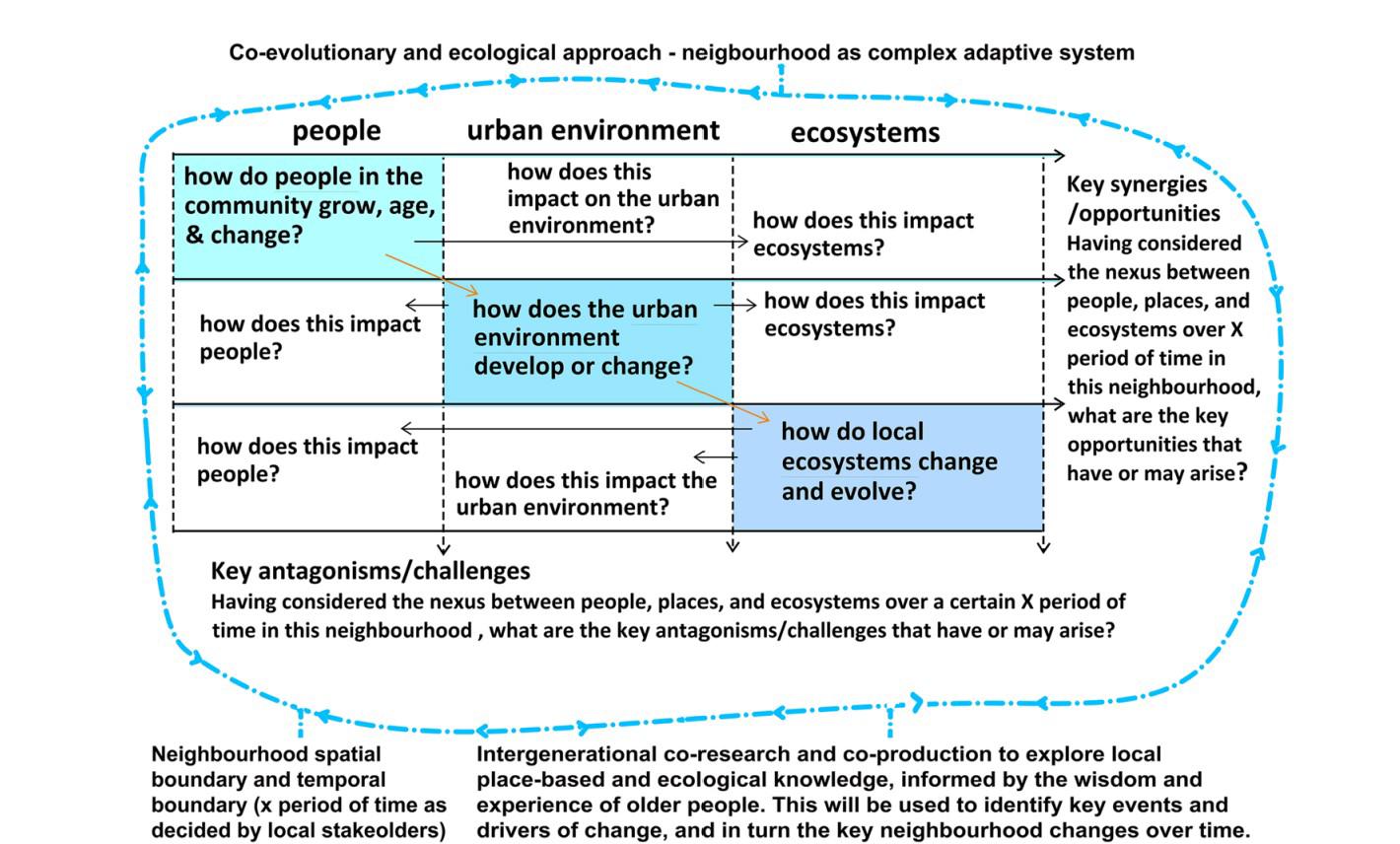





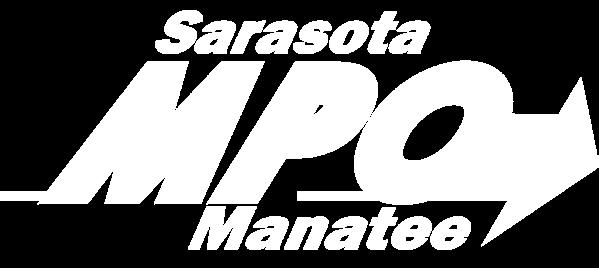

Community Engagement: Practical Solutions for Future-proofing Transportation
MPO Engagement Strategies
ECONOMY
Sarasota/Manatee Metropolitan Planning Organization
• Interactive Maps/Surveys
• Market Visits
• Outreach Events
• Focus Groups
• Radio/Media Outreach
• Social Media Posts
• Weekly Newsletter




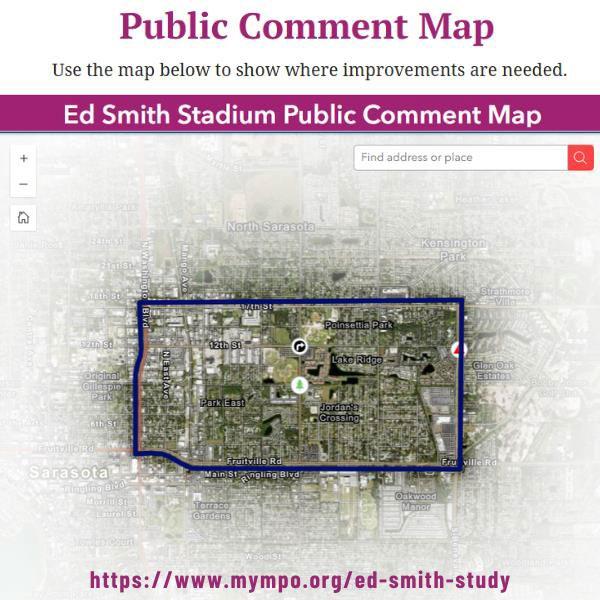

• Older Adults – Library, Downtown
• Transit/Transfer Stations
• Targeted Outreach – Social Media Boost
• Neighborhood Associations
• Workshops in various locations
• Teenagers and Young Adults – Visit Colleges,
Newsletters of universities, School Board

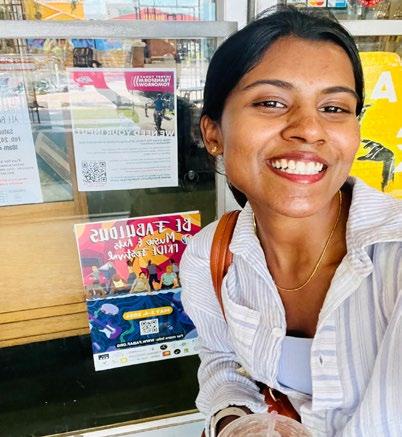



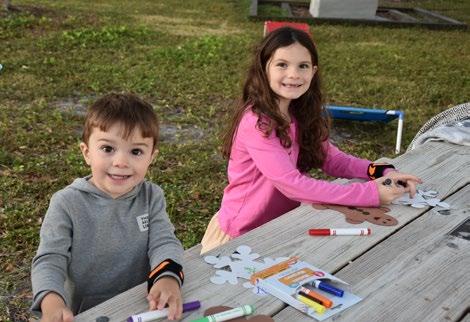
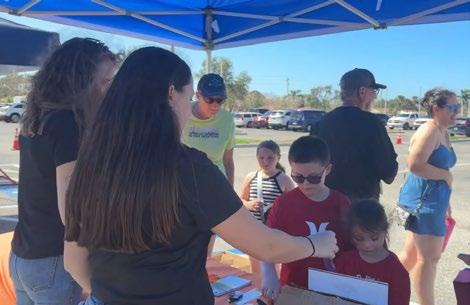
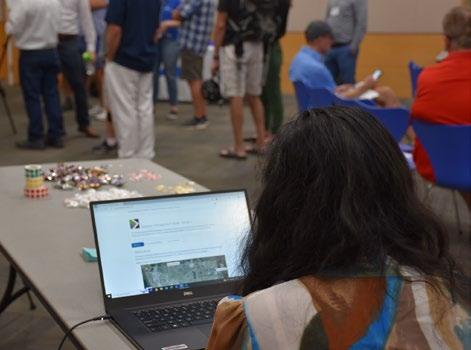
• Citizen Advisory Committee
• Community Traffic Safety Team
• Stakeholder List and Collaboration
• Meetings – Open to the public
• Public Participation Plan


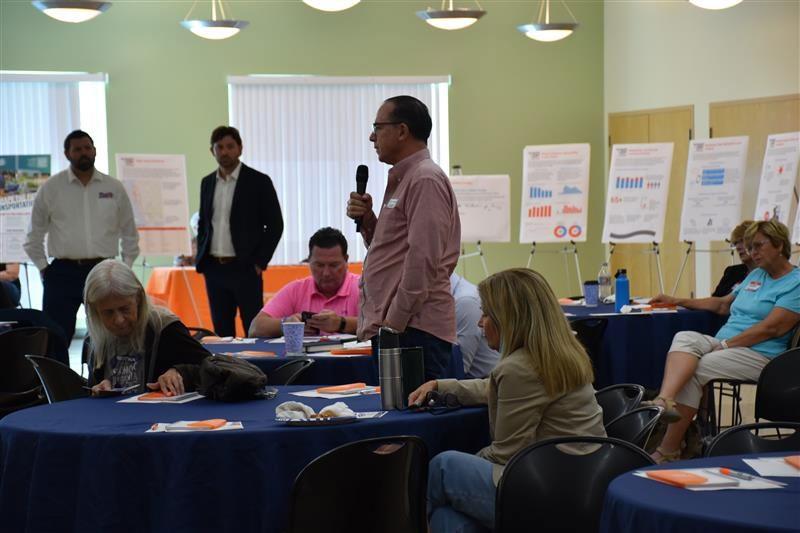


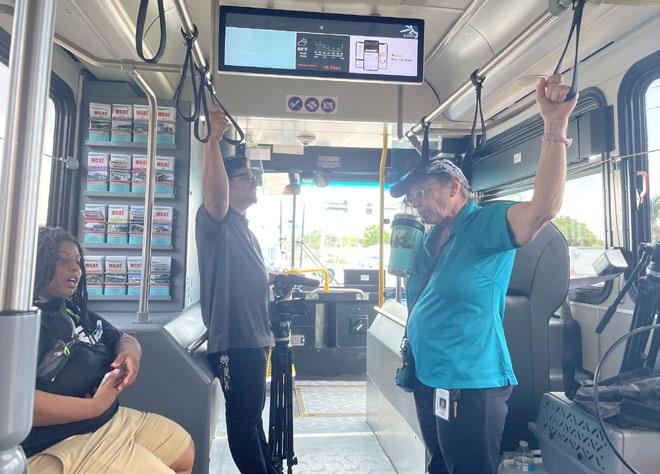
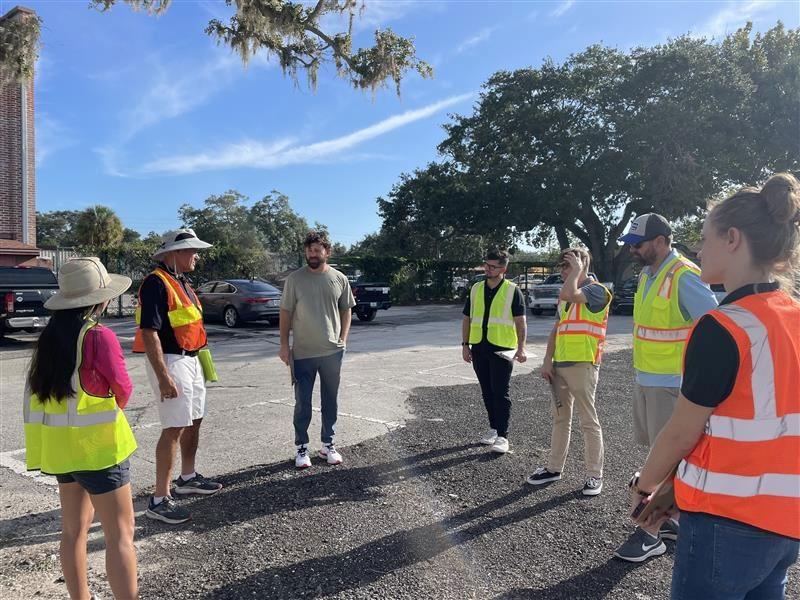

Overcoming
Physical Barriers
Meetings open to public comment Sharing Information about other local projects
Going where people are
Sharing Case studies


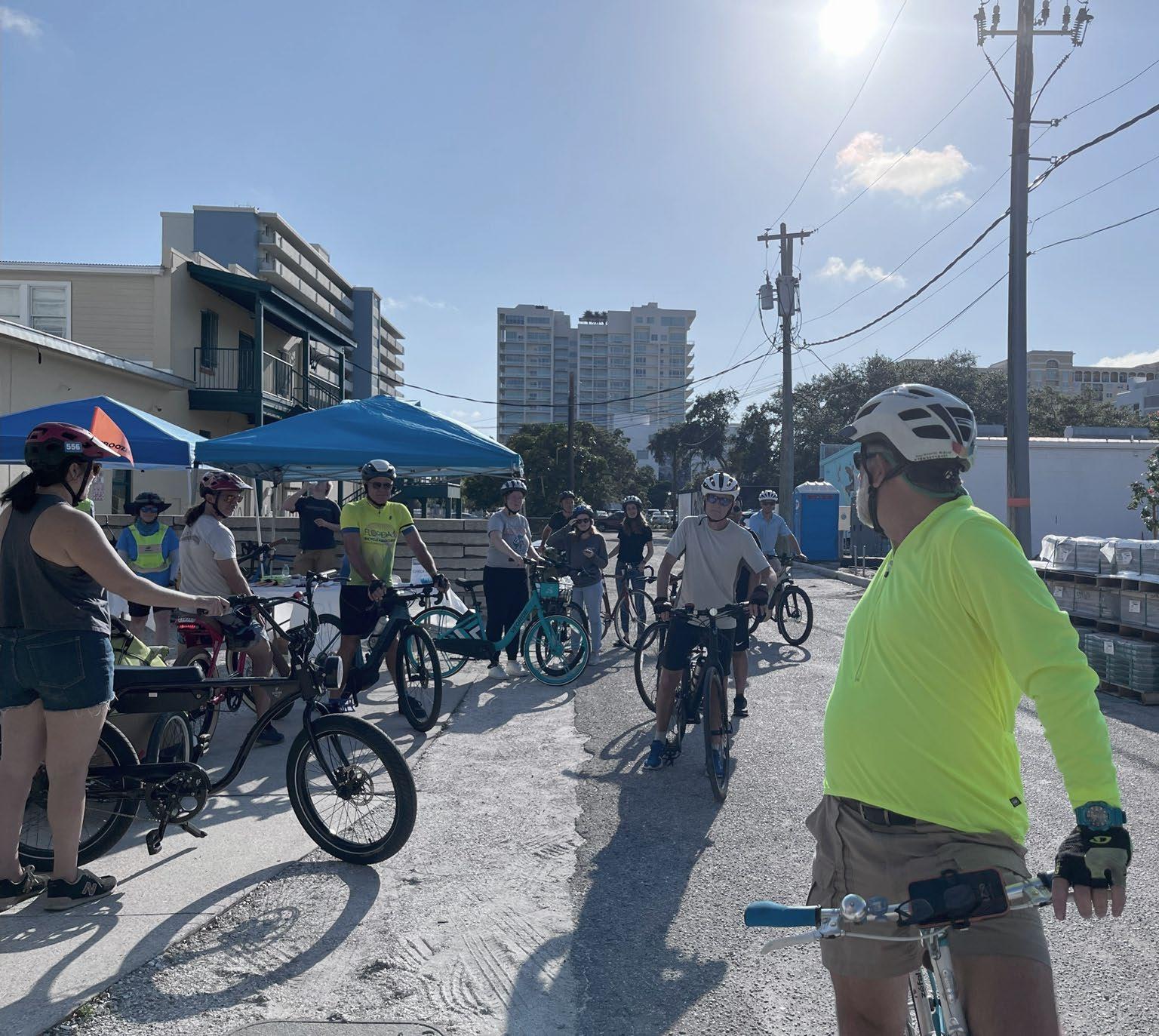

Tia Boyd, AICP Research Associate
USF Center for Urban Transportation Research

• A course or set of courses to educate the public on the activities of local agencies.
• The goal of these academies is to encourage a more informed and engaged public.
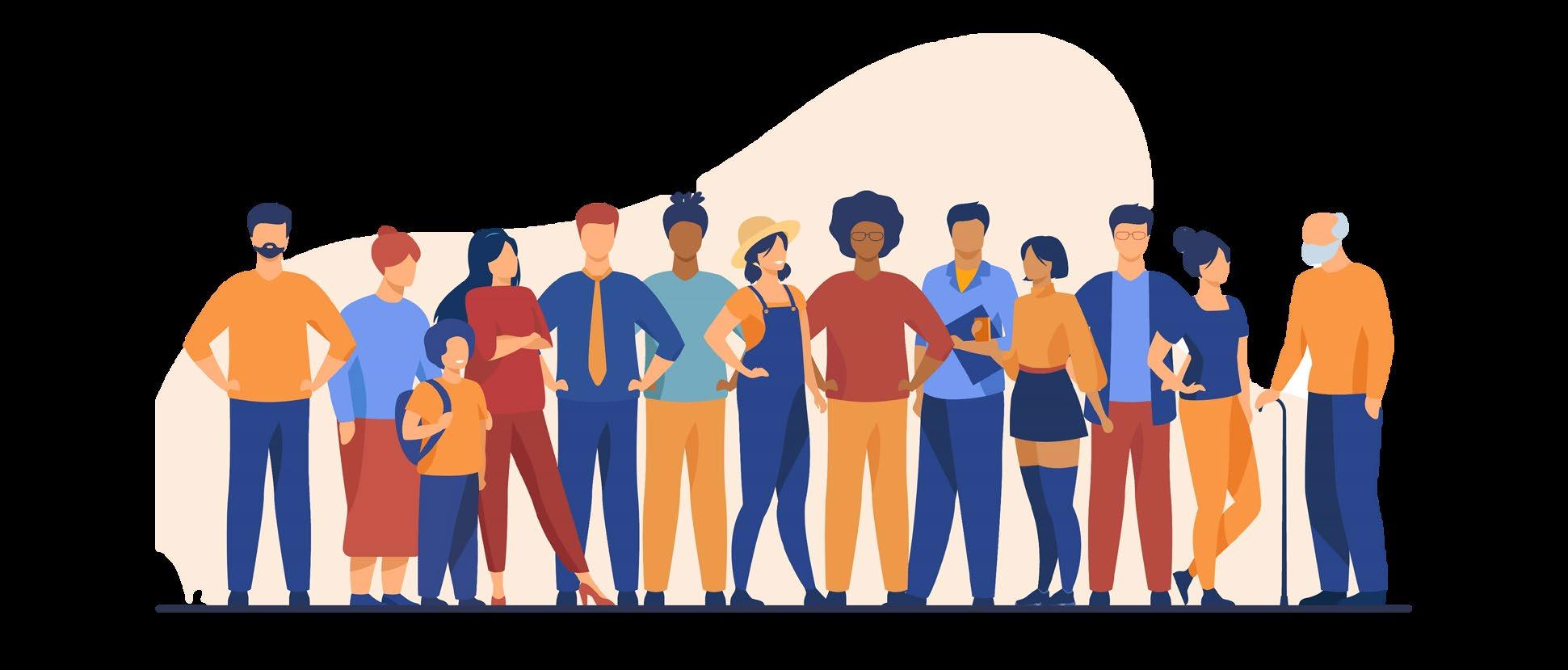

“a form of public outreach and education programming, to increase citizens’ understanding of the planning and development process and the number of individuals engaged in community and city planning”

-Mandarano (2015)

Citizen academies bridge the gap between the technical knowledge of practitioners and the local knowledge that community members possess.

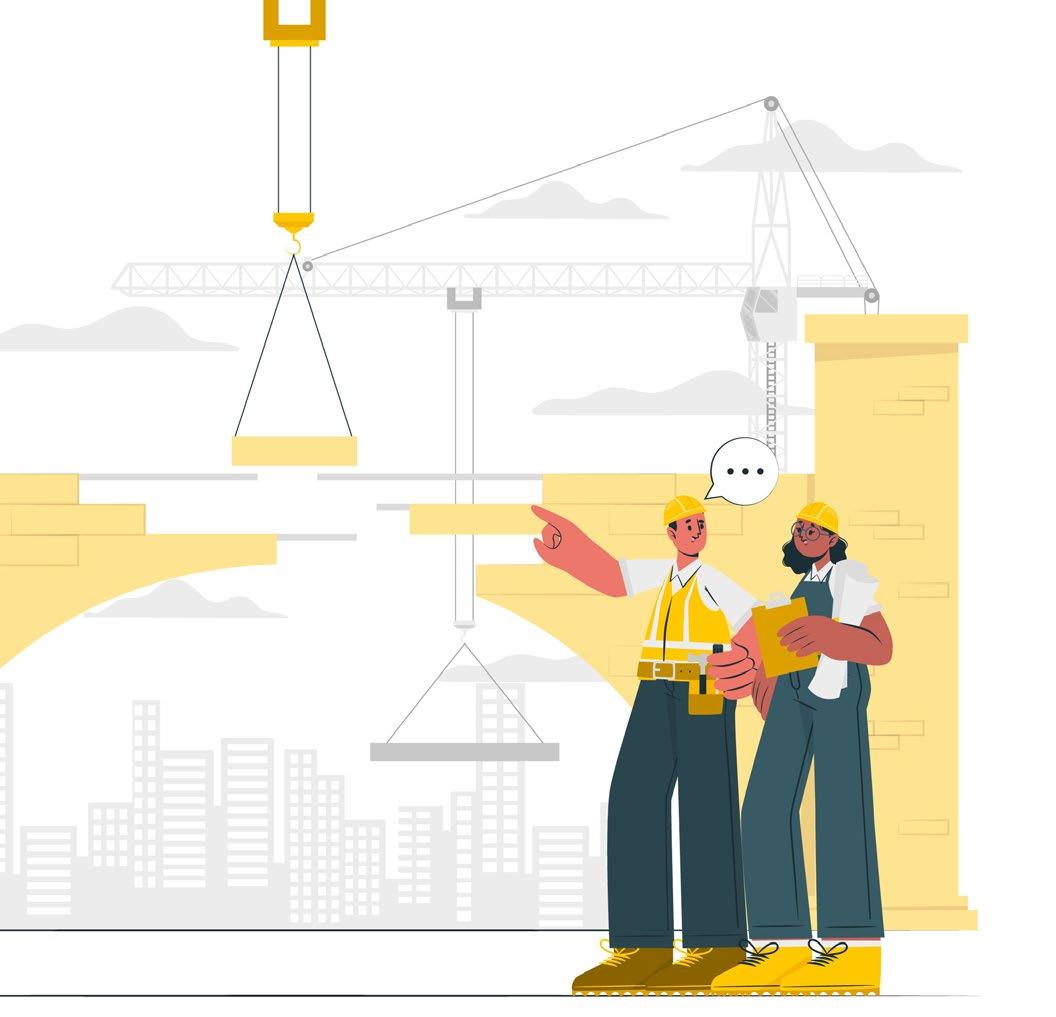
Increase skills and knowledge
Encourage community involvement

Improve community relations
Community members who understand how local government agencies function and the issues their communities face can contribute to these processes in a more meaningful way.


Successful citizen academies happen through collaborative efforts. Course delivery requires careful consideration.

Creative solutions are needed to ensure engagement and relationship building.

• Identify and contact individuals or groups that are wellconnected with community members and local agency leadership and staff.
• Identify opportunities to involve college/university students to provide hands-on experience and instill the importance of meaningful public engagement.


In-person
Virtual synchronous
Hybrid synchronous
Asynchronous


• Relationship-building through networking and communication supports long-term partnerships.
Icebreakers and opportunities for interactions help participants get to know one another.
If using virtual course delivery, identify strategies to help overcome the personal disconnect experienced with online platforms.
• If time and resources allow, designate time for external engagement in the form of a field trip or tour, a meet and greet, or an educational event.
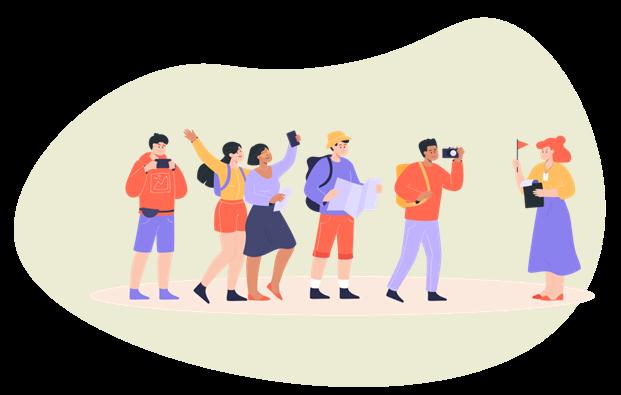



• Free eight-week virtual e-learning course to familiarize citizens with transportation in the City of Tampa
• Partnership with the City of Tampa



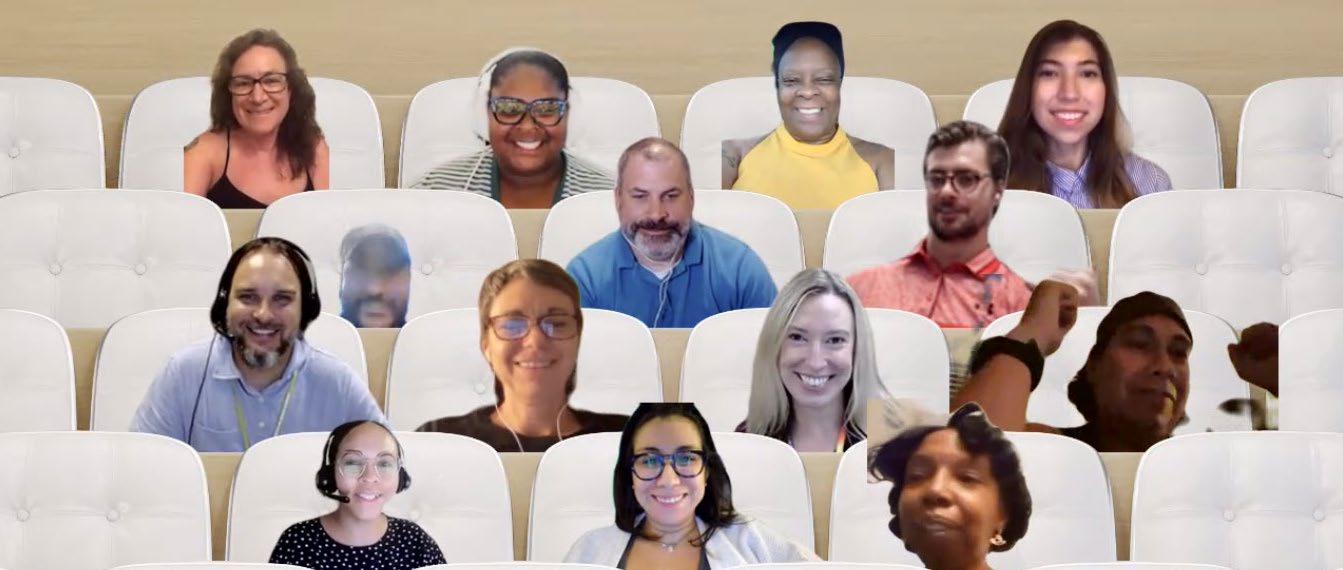
• Establish and build partner and stakeholder relationships
• Decide on the course delivery method
• Develop the course
• Host sessions
• Evaluate the course
• Assign class projects
• Engage with participants
• Follow -up after the course

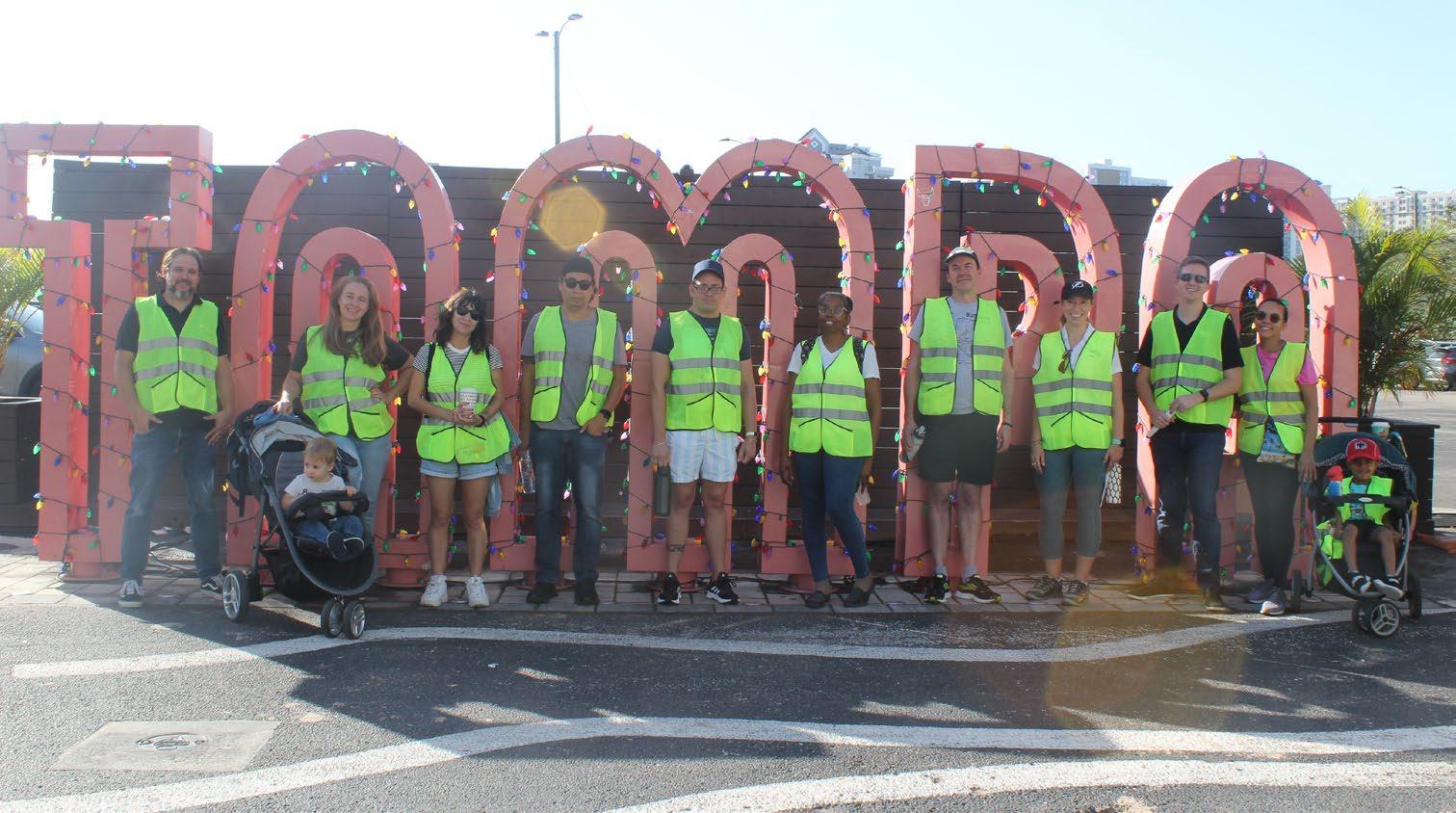



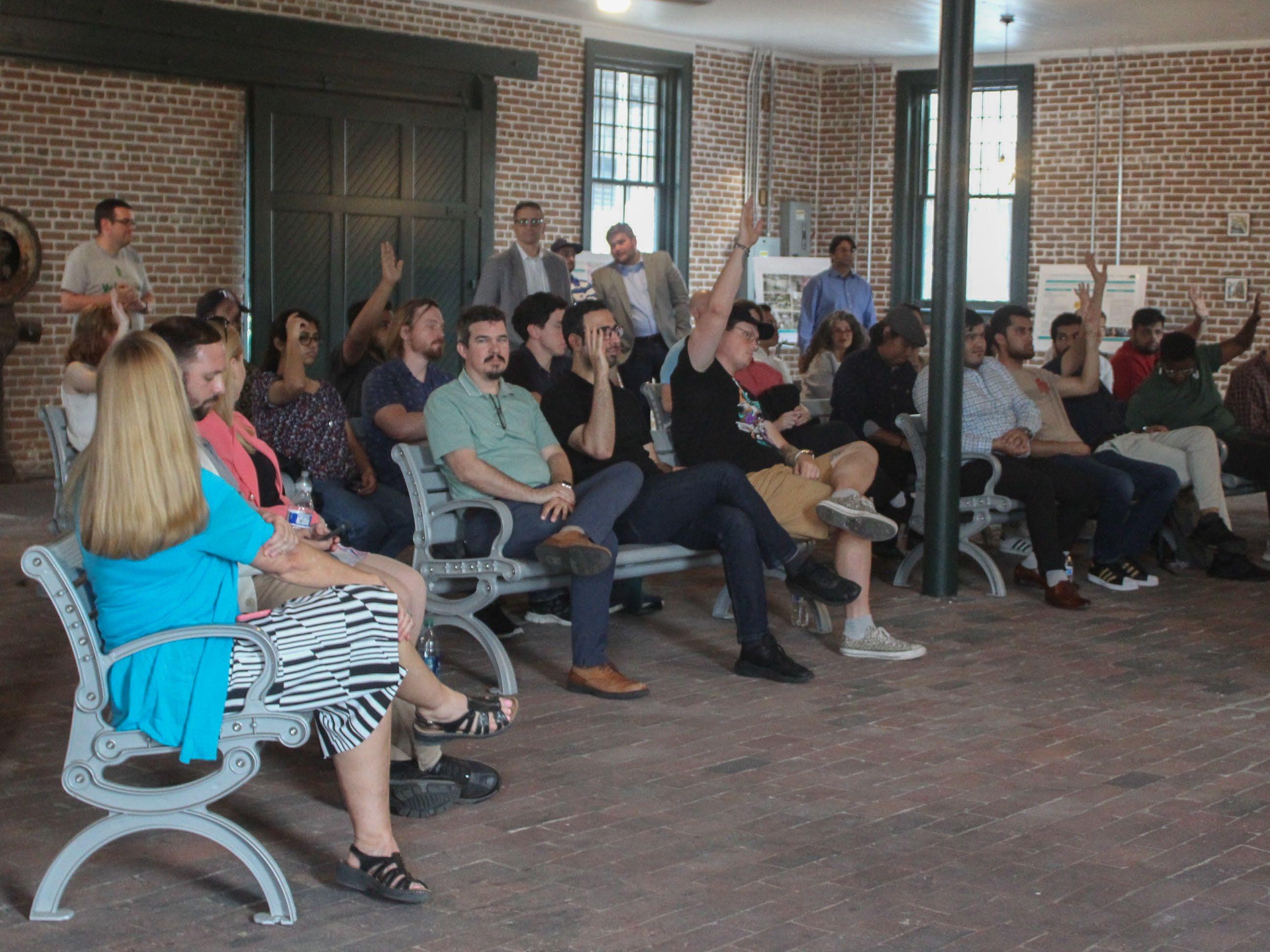
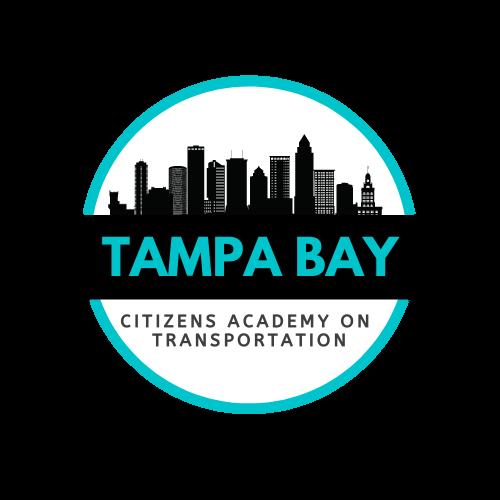
• The goal of the student involvement in the course was to:
Provide technical support to TB-CAT participants as they developed their projects
Expose students to a broad range of transportation issues through course involvement
Provide students with the experience of working with citizens on transportation issues


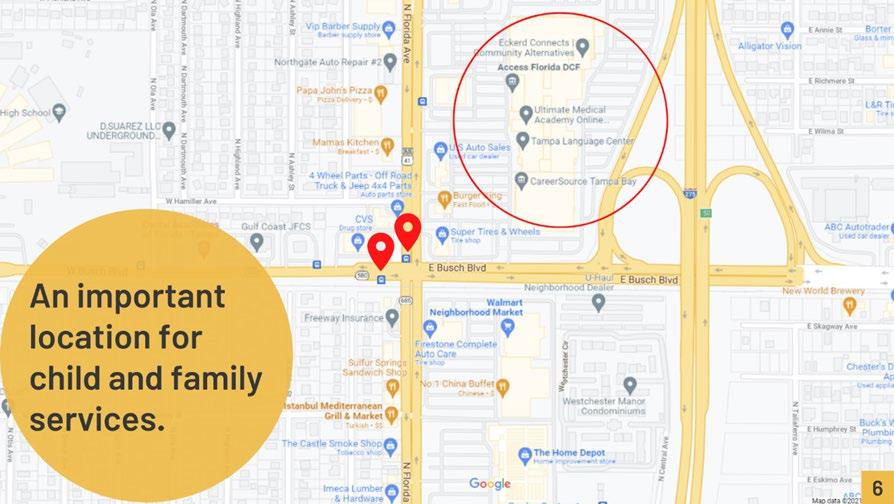




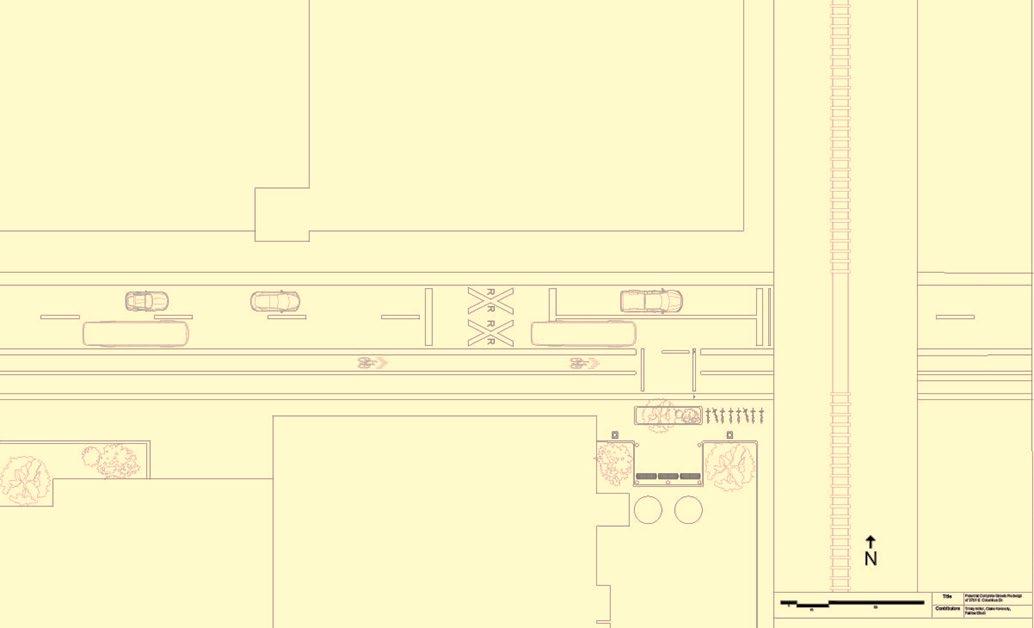




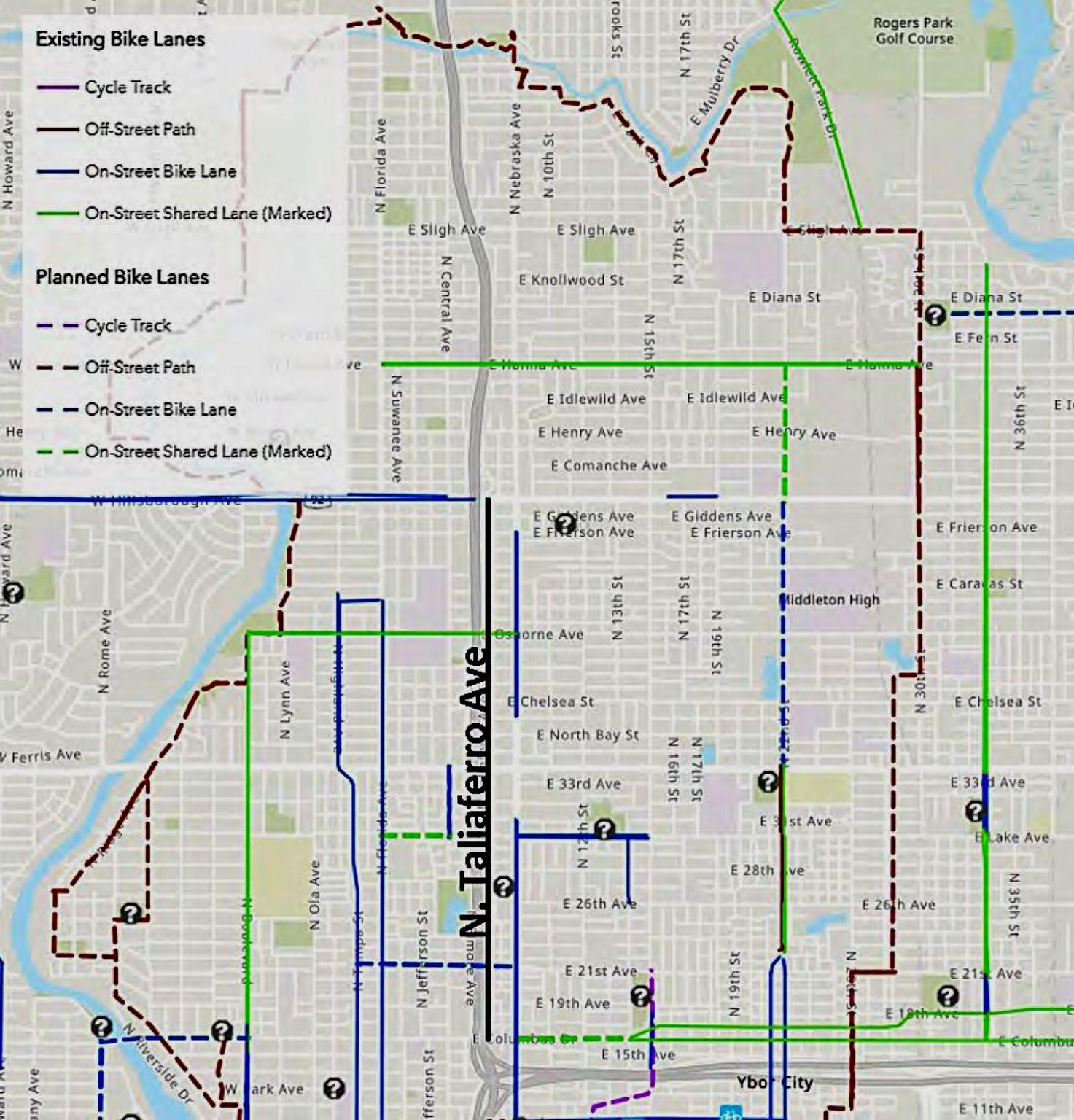
Helped participant visualize the problem with a wider lens & consider the proposed solution as part of a greater system



• A better understanding of transportation processes
FUNDING
Agency coordination
How to get involved
“This course helped me understand how the various organizations work together to address transportation.”
“It was useful to peek behind the curtain and begin to understand how and why changes to transportation infrastructure occur at the rate they do.”




• Citizens Academies support effective community engagement through education
• Academies need to be designed with collaboration, course delivery, and relationship building in mind
• Our experience demonstrates that citizen academies on transportation help participants become
Confident in their understanding of transportation,
Effective in their ability to communicate their community’s transportation needs
Engaged in the overall transportation planning processes



